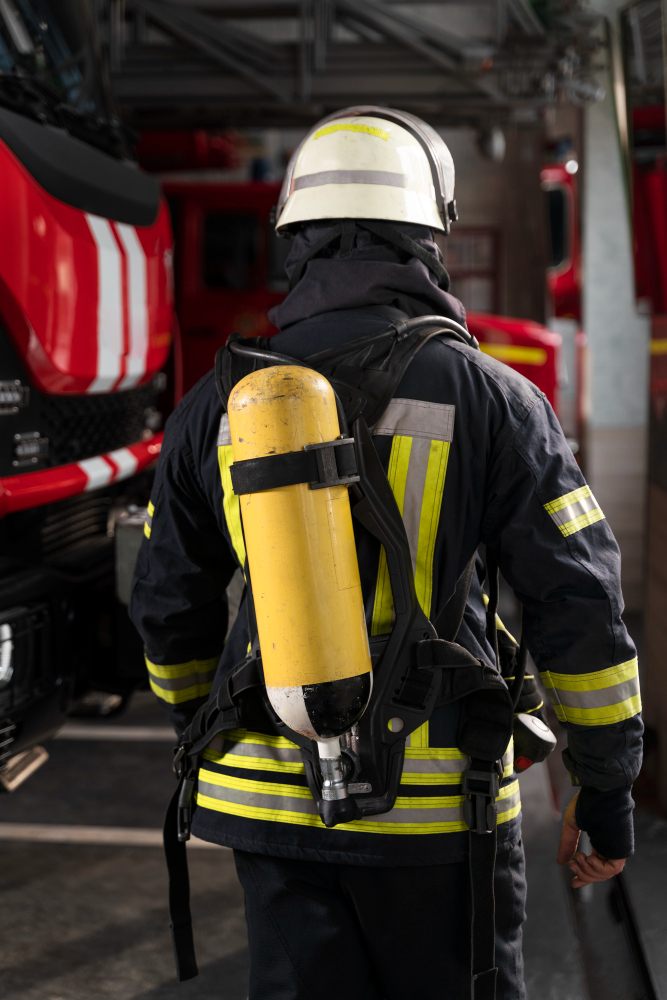Fire is a formidable force, capable of causing devastating damage within minutes. In homes, workplaces, and public spaces alike, the risk of fire is always present. While prevention is key, being prepared to tackle a fire swiftly and effectively is equally important. Enter the humble yet indispensable tool the fire extinguisher.
Understanding the Fire Extinguisher
A fire extinguisher is a portable device designed to control or extinguish small fires in emergency situations. It typically consists of a pressurized vessel containing an extinguishing agent, a nozzle to discharge the agent, and a handle or trigger to activate the device. Fire extinguishers are classified based on the type of fires they are effective against and are labeled with specific symbols and letters for easy identification.
Types of Fire Extinguishers
Water-Based Extinguishers (Class A): Suitable for fires fueled by common combustibles like wood, paper, and fabric. These extinguishers are not suitable for flammable liquid or electrical fires.
Dry Chemical Extinguishers (Class ABC): Effective against fires involving ordinary combustibles, flammable liquids, and electrical equipment. They contain a dry chemical powder that interrupts the chemical reaction of the fire.
Carbon Dioxide (CO2) Extinguishers (Class BC): Ideal for electrical fires and flammable liquid fires. Carbon dioxide displaces oxygen, suffocating the fire.
Foam Extinguishers (Class AB): Effective against flammable liquid fires and can also create a barrier to prevent reignition.
Dry Powder Extinguishers (Class D): Designed for specific types of fires involving combustible metals like magnesium, sodium, or titanium.
The Importance of Proper Maintenance
Owning a fire extinguisher is only half the battle; ensuring its functionality is equally crucial. Regular maintenance and inspection are necessary to guarantee that the extinguisher is ready for use in case of an emergency. This includes checking the pressure gauge, inspecting for physical damage, and ensuring accessibility.
Using a Fire Extinguisher Safely
In the event of a fire, it’s essential to act quickly and decisively. Remember the acronym PASS:
Pull: Pull the pin to break the seal and prepare the extinguisher for use.
Aim: Aim the nozzle at the base of the fire, not at the flames themselves.
Squeeze: Squeeze the handle or trigger to discharge the extinguishing agent.
Sweep: Sweep the nozzle from side to side, covering the base of the fire until it is extinguished.
When to Use a Fire Extinguisher
While fire extinguishers are invaluable tools, they are not suitable for all situations. It’s crucial to assess the fire’s size and severity before attempting to use an extinguisher. If the fire is spreading rapidly, smoke is filling the area, or you’re unsure how to use the extinguisher, evacuate immediately and call emergency services.
Conclusion
Fire extinguishers are more than just pieces of equipment—they are lifelines in moments of crisis. By understanding their types, proper maintenance, and safe usage, individuals can enhance their preparedness and potentially prevent small fires from escalating into catastrophic events. Investing in a fire extinguisher and knowing how to use it effectively can make all the difference in protecting lives and property. Remember, when it comes to fire safety, preparedness is paramount.
